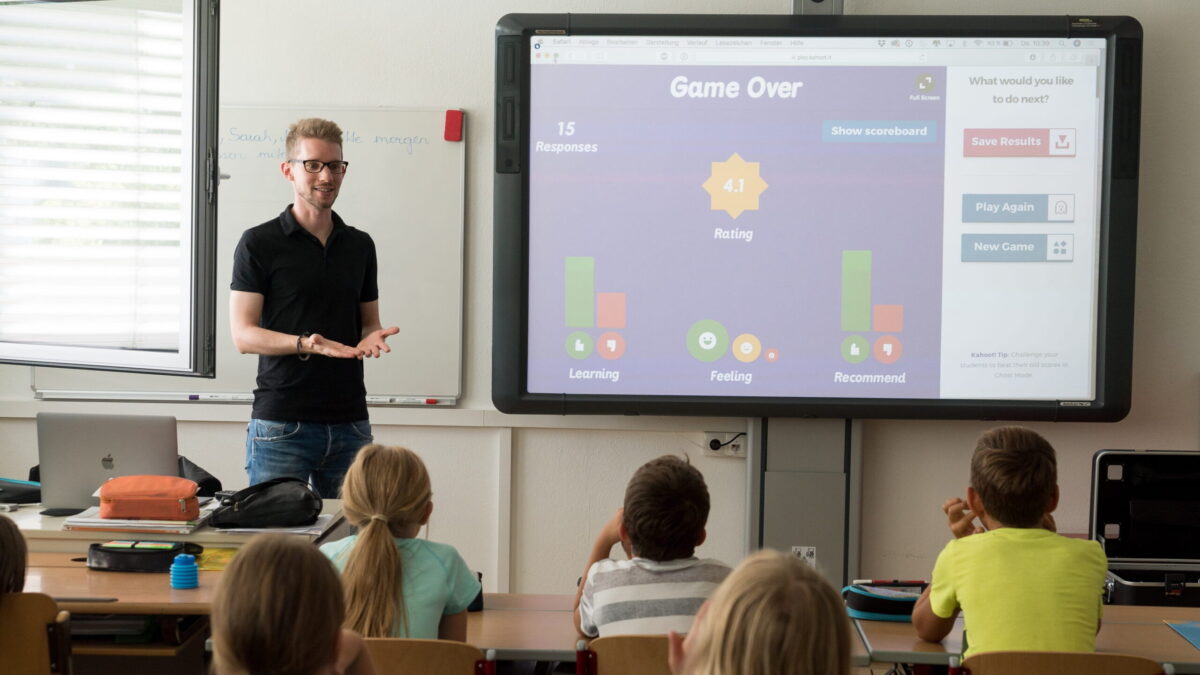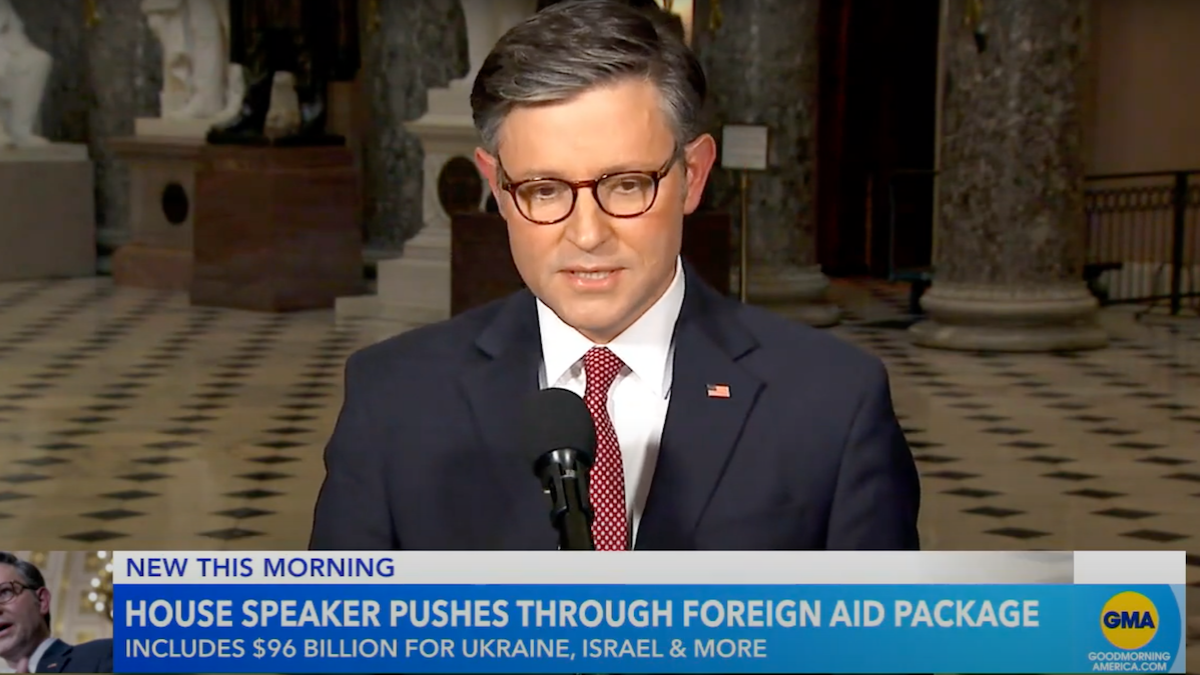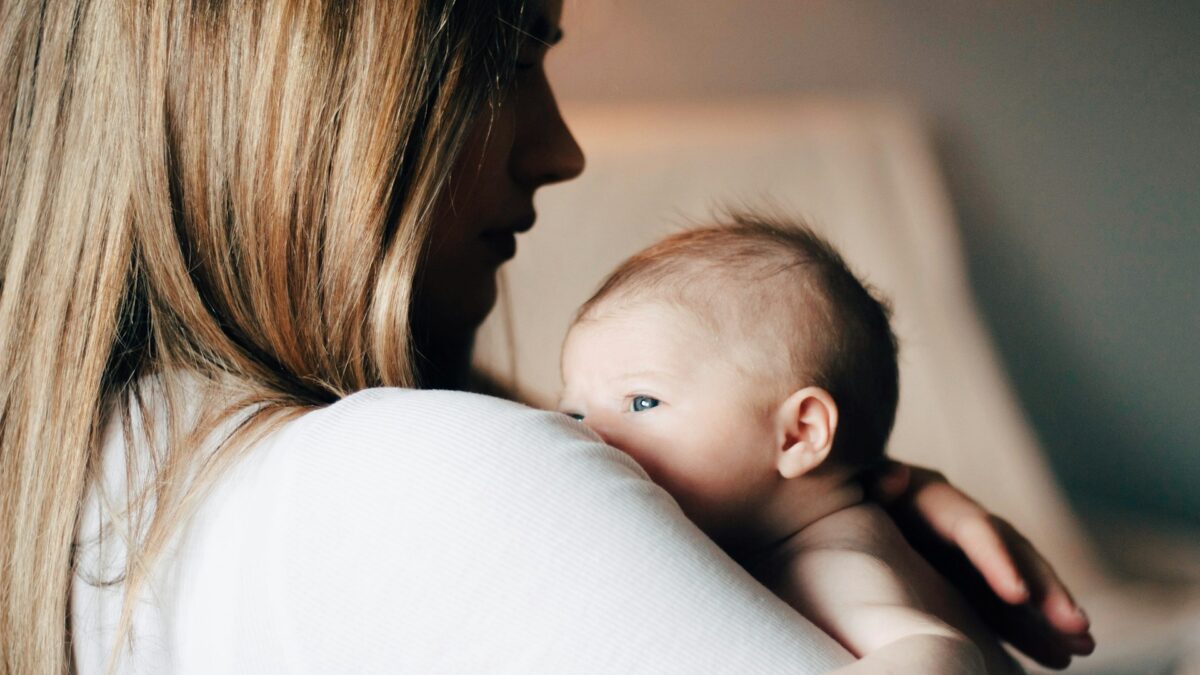“What happens when a little kid can’t say his name or his teacher’s name?” asked Kelly Pichitino, mother of a child with special needs in Arizona. “What if there is something urgent where you have to get all the kids out of the school?”
Pichitino pondered these questions in 2017 when Arizona teachers closed schools and marched on the state Capitol as part of the RedforEd movement. At that time, Pichitino, a former Parent Teacher Association president and a firm believer in the value of public schools, had sympathy for the movement, but she still had to care for her son.
Eventually, she became fed up with the strike and applied for an education savings account. With such an account, state officials deposited a portion of her child’s education spending in an account that Pichitino could manage and use to buy education products and services for her son. According to her, the account was “life-changing” and “opened up customized education and therapies” that she could purchase and use in their home.
Her son was just starting elementary school during the strikes. Doctors had told Pichitino that he was on the autism spectrum, and she was already concerned that he had not yet learned to speak. She was counting on help from his assigned school.
Pichitino said that when RedforEd closed classrooms, “kids had nowhere to go.”
“I had to find things to do to keep him educated,” she explained. It was not long before she realized: “I can do this.”
“I learned that week that he can learn,” Pichitino told me. Once she gained access to her son’s education savings account, she taught Ben at home and could choose his speech and occupational therapists. “There is no label put on him,” she said, and he is “not put in the back of the school in a trailer.”
Pichitino added, “He wants to learn here.”
The Pichitinos are one of nearly 12,000 Arizona families using the accounts today. And this number is likely to increase now that the state’s Republican governor, Doug Ducey, has signed legislation that makes every Arizonan child eligible for an education savings account.
“With this legislation, Arizona cements itself as the top state for school choice,” Ducey said in early July. “Today, we’re unlocking a whole new world of opportunity.”
Yet the same special-interest groups behind the RedforEd strikes that changed Pichitino’s mind about assigned schools are leading an effort to put the locks back on education. SOS Arizona, a teacher union-backed interest group, is trying to gather enough signatures to stop the expansion.
The union and their allies have a short list of alternatives to the accounts—namely, more money for public schools—and an even shorter list of political tactics.
Much to their dismay, their past opposition to parents’ involvement in their children’s education resulted in creating additional learning options. More than a decade ago, a union-backed lawsuit against K-12 private school scholarships in Arizona led the Goldwater Institute, an Arizona-based research institute, and the civil litigation firm the Institute for Justice (IJ) to create education savings accounts. The union argued the scholarships could only be used at private schools, limiting how parents could use the vouchers and violating state constitutional provisions.
In response, Goldwater and IJ helped design flexible spending accounts that can be used for personal tutors, education therapists, curricular expenses, online classes, private school tuition, and more.
Now the unions and SOS Arizona are hoping the RedforEd movement has enough political capital left after the 5-year-old strikes to keep the use of these accounts from proliferating. We are not living in 2017 though.
Following the RedforEd strikes in West Virginia, parents and lawmakers across that state had the same concerns as Pichitino in Arizona. In 2021, West Virginia officials approved what was — until Ducey’s signature a few weeks ago — the largest education savings account program in the country.
Florida lawmakers combined one of the country’s oldest private school scholarship options for children with special needs with the state’s account program, moving closer to converting all private education options in Florida to using education savings accounts. Florida also offers the country’s largest private school scholarship program, funded through charitable contributions to nonprofit scholarship organizations.
In 2021, Kentucky, another state once held hostage by teachers’ demands, policymakers adopted education savings accounts. Missouri, Indiana, and New Hampshire adopted similar programs that same year, and more states are expected to join them.
Texas Gov. Greg Abbott has said publicly that he wants lawmakers to expand school choice in 2023, and Iowa Gov. Kim Reynolds said the same.
But what about parents, taxpayers, and voters? Republicans, Democrats, and independents — the voters SOS Arizona needs to convince to limit school choice — are all less confident in public schools than before the pandemic. The number of Republicans reporting a “great deal of confidence” in public schools is at its lowest since the 1970s.
Here’s why: Once schools closed during the pandemic, Arizona officials were unable to account for some 50,000 students in the fall of 2020. In Mesa Unified School District, the state’s largest school system, administrators reported that enrollment fell by nearly 6 percent. Notably, the most significant decrease was among the youngest students, with a 17 percent decrease among kindergarten students and a 10 percent decrease among elementary school children.
Nationally, public school enrollment declined by 3 percent over the last two school years. While some students have returned, 110,000 children are no longer on public school rolls in California, and again, the losses in enrollment are most pronounced in younger grades.
Los Angeles schools cannot account for 6 percent of their pre-Covid enrollment. Enrollment is also down in Chicago and other large metro school systems.
High-school juniors and seniors from the 2019-2020 and 2020-2021 school years have graduated and enrolled in higher education or otherwise entered the real world. The former kindergarten and elementary students who opted to learn at home, in a private school, or in a learning pod during the pandemic are still school-aged and need reliable and consistent education.
It is significant, then, that the switch from homeschooling and private schools back to assigned schools has been slower than the drop in public school enrollment. One survey found that while homeschooling increased by 63 percent in the 2020-2021 school year, the number of homeschooling families only decreased by 17 percent the following year. As of 2021, some 3 million students were using learning pods, which are independent parent or teacher-led groups that resemble homeschool co-op arrangements.
Again, some students who exited the public education system may return to assigned schools, but others will not. Unions and special interest groups have to convince families to stay in the public school system by making their appeal to a large number of them who have already voted with their feet.
Pichitino questions SOS Arizona’s very premise for forcing children to stay in assigned schools.
“To judge somebody based on a ZIP code is fascinating,” she said. “At this point, that’s all that [SOS Arizona] has.”









